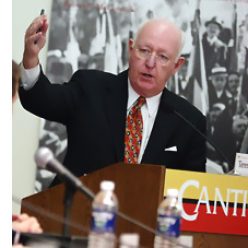Just a quick comment today on the extraordinary coverage over the past week of the “lethal mayhem,” as Roger Cohen labelled it in today’s New York Times, surrounding the Kabul airport as the United States and allies struggle to bring some order out of chaos in Afghanistan. Much of the coverage has been riveting, produced under the most difficult and dangerous circumstances.
But what stands out to me day after day is the first-person reporting of western women correspondents in the face of the open hostility they encounter from the heavily-armed Taliban fighters around the airport.
Jane Ferguson’s lead pieces for The PBS Newshour each night have been outstanding examples of the kind of calm, coherent coverage that is needed to make sense out of a senseless, chaotic scene. Ferguson remains inside the perimeter of the airport, interviewing desperate Americans and allies as they push through the gauntlet.
In Monday’s New York Times, Roger Cohen interviewed Ferguson, noting that she is one of the few Western reporters still in Kabul. The scene around the airport, she said, is “apocalyptic. People are fainting and dying. Children are going missing.” The scene, she said, “is like a very strange dream.”
Correspondent Clarissa Ward of CNN has also been remarkable, even confronting Taliban fighters who lecture her on camera about covering her face and hands in public. She continued reporting first-hand until she was able to escape aboard a flight to Doha, Qatar. Both women have set a standard for coverage that is at once brave, empathetic and important
